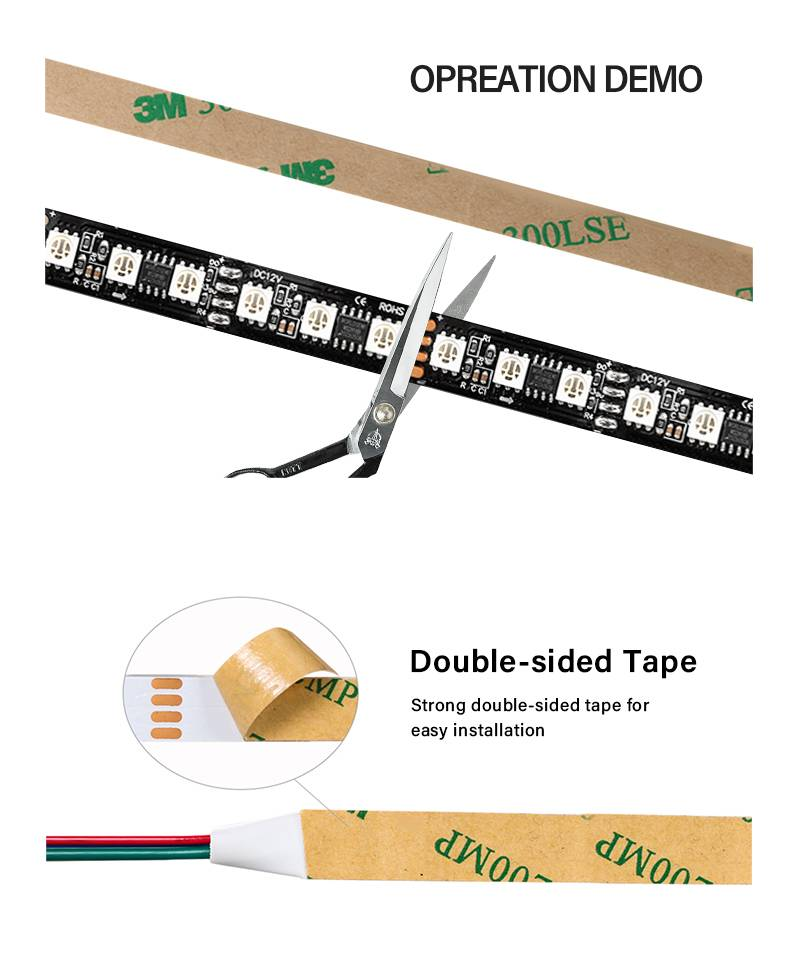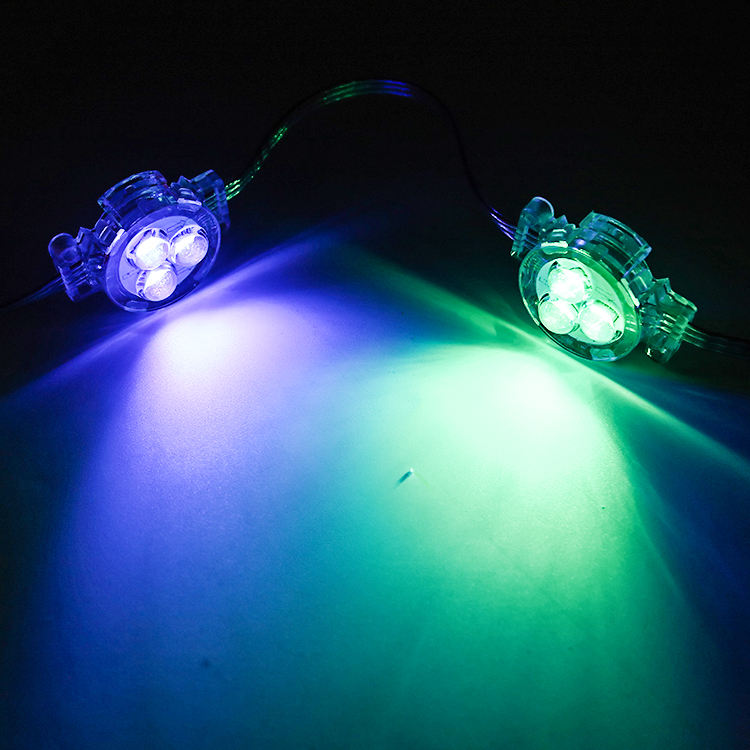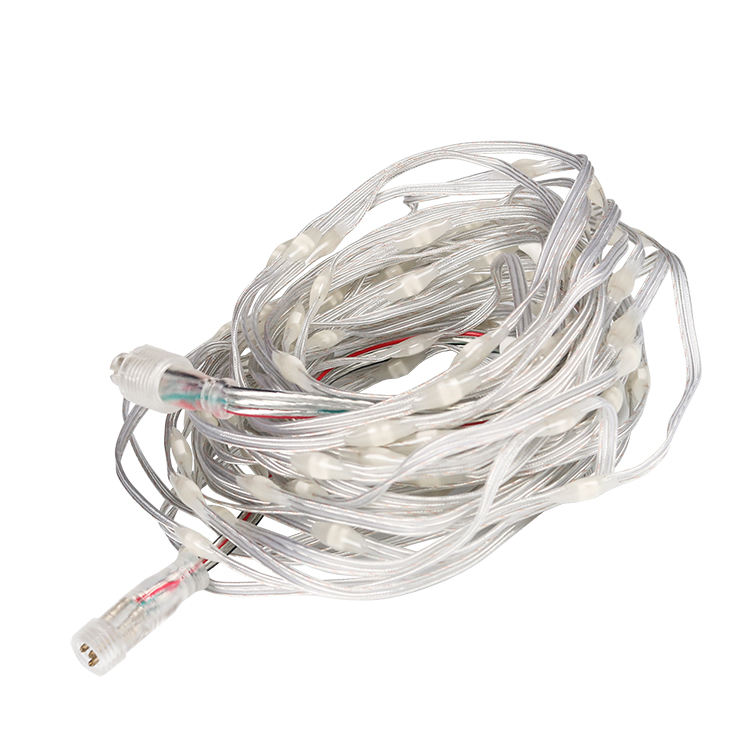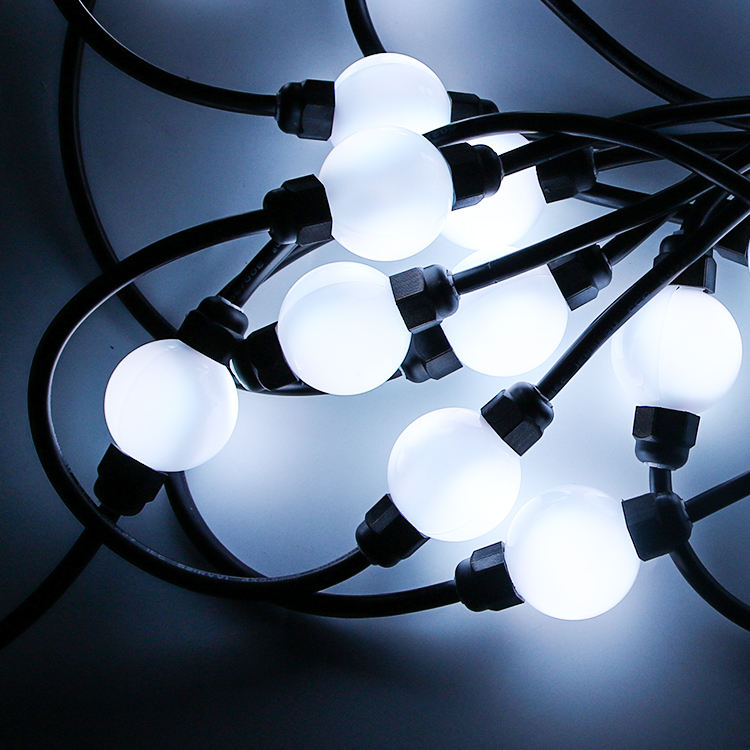What Makes a High-Performance LED Strip Installation Stand Out?
Key Features That Define a Reliable LED Strip System
A great LED strip setup shines because of a few key things. It’s bright, saves energy, lasts long, and is easy to put up. The parts—like the PCB (printed circuit board), how many LEDs are packed in, and the connectors—make a big difference in how well it works.
Take the Light Decoration 768leds/m DC24V RGB COB LED Strip 14w/m COB RGB Led Strip Light from Shiji Lighting, for example. It has 768 LEDs per meter. This gives super bright and even light with its COB (Chip On Board) design. It uses 14W per meter and runs on DC24V. It puts out over 100 lumens per watt. This makes it both powerful and energy-saving.
Shiji Lighting’s LED strips meet CE and RoHS standards. They come with a 2-year warranty. This ensures they’re reliable for a long time. As a trusted digital LED product supplier since 2010, we make digital LED pixel lights, programmable LED bars, and other cool lighting solutions.
How Do Efficiency and Brightness Affect Performance?
Brightness and efficiency go hand in hand. They have a big impact on how well an LED strip works. More lumens per watt means you get more light with less power. This cuts down on electric bills. It also keeps the LEDs from getting too hot. Less heat helps them last longer.
Shiji Lighting’s COB RGB LED Strip gives over 100 lumens per watt at just 14W per meter. It’s bright without using too much power. This makes it perfect for homes or businesses where steady light is a must.
Comparing Low-End vs. High-End LED Strip Installations
Cheap LED setups often skimp on quality. They use fewer LEDs per meter. They have weak PCBs. They don’t handle heat well. These systems might flicker or break down fast because of heat or power issues.
High-end setups, like those from Shiji Lighting, use top-notch materials. They have flexible PCBs and constant current designs for steady light. They also use careful soldering. For example, their addressable smart strip lights, like the Addressable Smart Strip Lights APA102C SK9822 DC 5V 60leds/m LED Strips, let you control each pixel. The flexible PCB can be cut at each pixel.
How Can You Achieve Energy Efficiency in LED Strip Installations?
The Role of Power Consumption in Long-Term Savings
Saving energy means saving money over time. Using less power for the same light cuts your electric bill. It also helps the planet. With global rules like the Paris Accord, the EU’s Green Deal, or China’s Dual Carbon Goals (carbon peaking by 2030 and neutrality by 2060), efficient lights are super important.
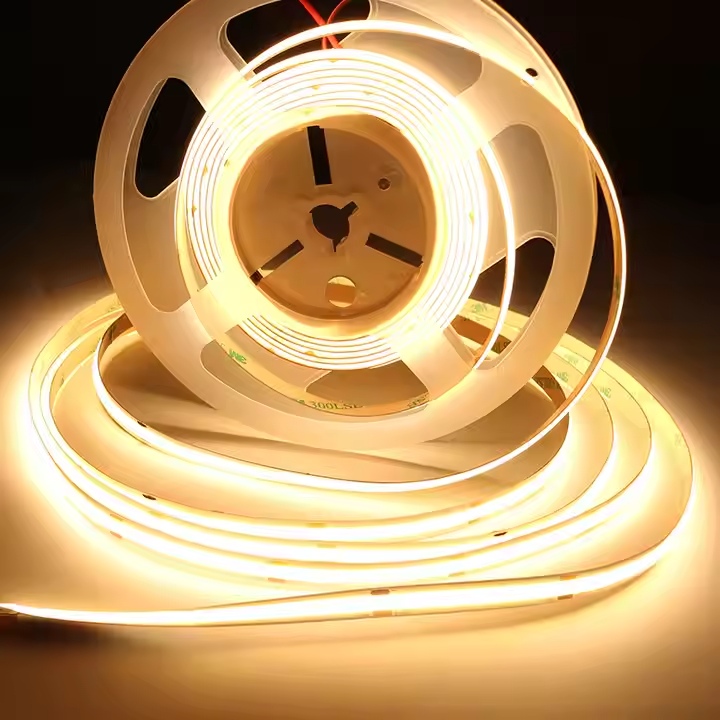
Choosing the Right Voltage and Wattage for Your Setup
Picking the right voltage, like 5V or 24V, depends on your project. Higher voltages, like DC24V, are better for long setups. They help avoid dimming at the ends. Shiji Lighting’s SJ-100768RGB-COB-24V uses DC24V. This keeps the light steady over long distances.
Wattage should match your lighting needs. It should stay within safe power limits. This prevents overheating or overloading your system.
How Shiji Lighting’s LED Strips Help Save Energy
Constant Current Design for Stable Output
Many Shiji Lighting products use constant current circuitry. This makes sure every part of the strip gets the same power. It doesn’t matter how long the strip is or how much power it’s using. This setup boosts efficiency. It cuts down on flickering and heat damage.
High Lumen Efficiency with Lower Power Input
The COB RGB LED Strip from Shiji Lighting gives over 100 lumens per watt at just 14W per meter. It’s bright but doesn’t use much energy. This helps lower your environmental impact over time.
Why Is Installation Quality Crucial for LED Strip Performance?
Common Installation Mistakes and Their Impact
Messing up the installation can cause problems. Bad soldering, wrong power supplies, or poor heat management can lead to dim lights or weird colors. The strip might even stop working. Using the wrong controllers or skipping amplifiers on long runs can also mess up the signal in smart strips.
Importance of Proper Heat Dissipation and Mounting
Heat can hurt LED strips. It shortens their life. Using aluminum mounting profiles helps keep things cool. Shiji Lighting offers matching accessories, like mounting channels. These look nice and work well.
Simplifying Installation with Shiji Lighting’s Solutions
Flexible PCB Design for Easy Bending and Placement
Shiji Lighting’s APA102C/SK9822 DC5V strips use flexible PCBs. You can bend them around corners without breaking anything. This makes them great for tricky layouts or custom signs.
Pre-Soldered Connectors and Seamless Integration Options
Our strips come with pre-attached connectors on both ends. They also have separate power and ground wires. This makes them easy to set up, even if you’re not a pro.
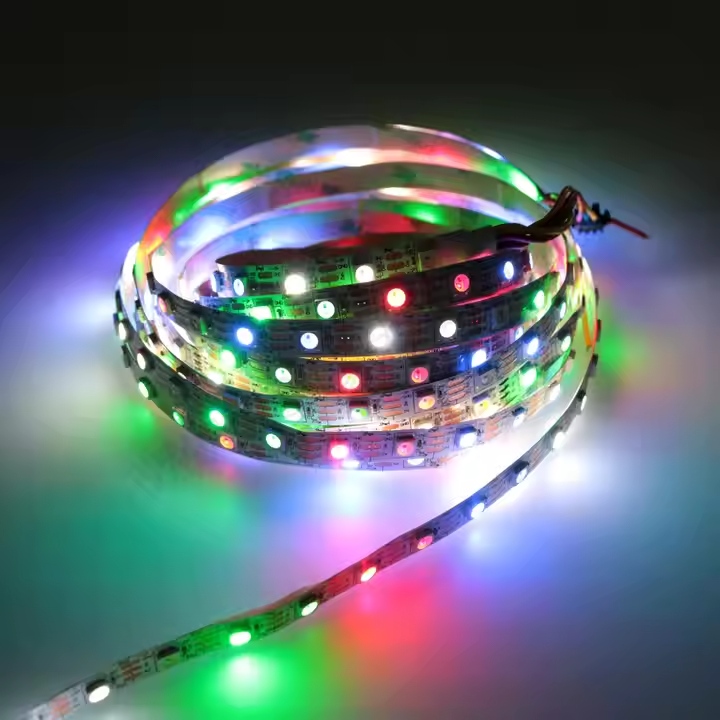
Which Accessories Enhance Your LED Strip Installations?
Importance of Controllers, Dimmers, and Amplifiers in Customization
Fancy controllers let you create cool effects, like chasing or fading lights. These are great for places like bars or stores. Shiji Lighting supports different controllers, like SD card, DMX, or Artnet controllers. They let you make fully programmable lighting shows.
Dimmers let you change the light level for different moods or times. Amplifiers keep the signal strong across big setups.
Choosing the Right Power Supply Units (PSUs) for Optimal Output
A good PSU needs to match the total wattage of your setup. Add about 20% extra for safety. For example, ten meters of SJ-100768RGB-COB-24V needs a PSU rated above 140W at 24V. This keeps things stable. We offer power supplies that match our strips, so you don’t have to guess.
Mounting Profiles and Diffusers: Aesthetic Meets Functionality
Mounting profiles help manage heat. They also give a clean look for visible setups. Diffusers soften the light from individual LEDs. This is important in places like hotels where the mood matters. Our accessory range includes diffusers that work perfectly with our strips. They make the light look nice and protect the LEDs from dust or water.
FAQ
Q: What is the difference between addressable and non-addressable LED strips?
A: Addressable strips let you control each pixel with digital signals. Non-addressable ones change color all at once across the whole strip.
Q: How do I choose between 12V and 24V LED strips?
A: Use 12V for short runs under five meters. Pick 24V for longer setups to avoid dimming at the ends.
Q: Can I cut my LED strip without damaging it?
A: Yes, most good strips have marked cut points. Always follow the maker’s instructions to avoid problems.
Q: Do I need a controller for basic white lighting?
A: No, single-color white strips don’t need a controller. Just connect them to a matching PSU.
Q: How can I prevent my LED strip from overheating?
A: Use aluminum profiles for mounting to keep things cool. Make sure there’s good airflow around closed setups.

